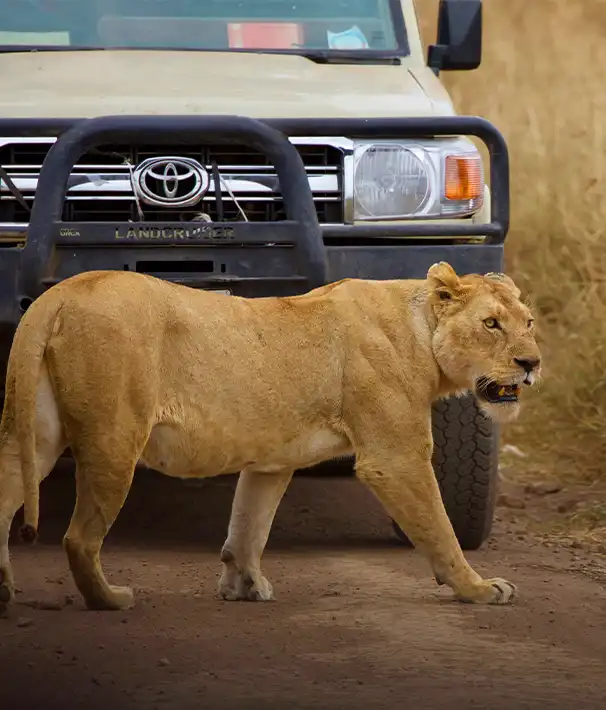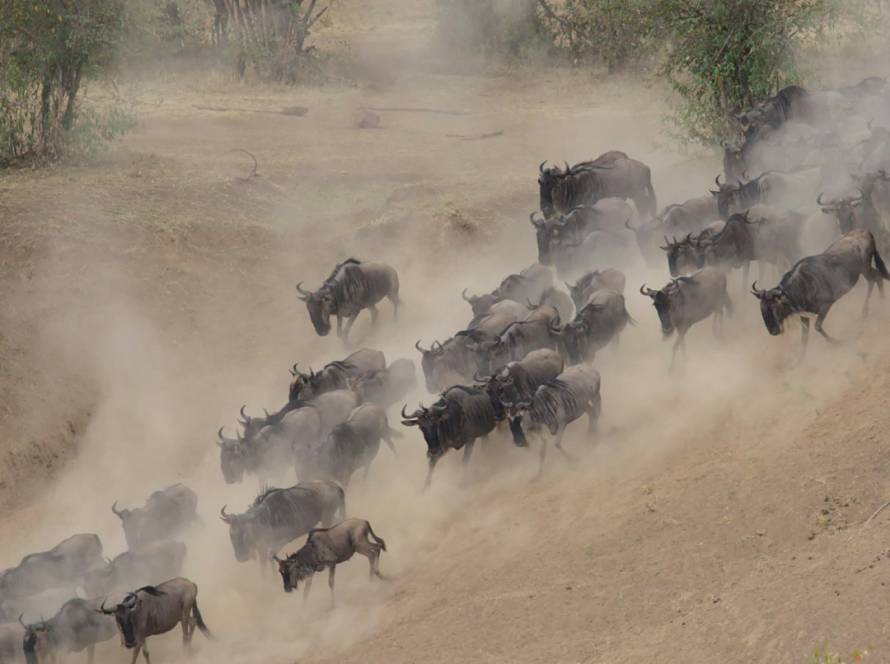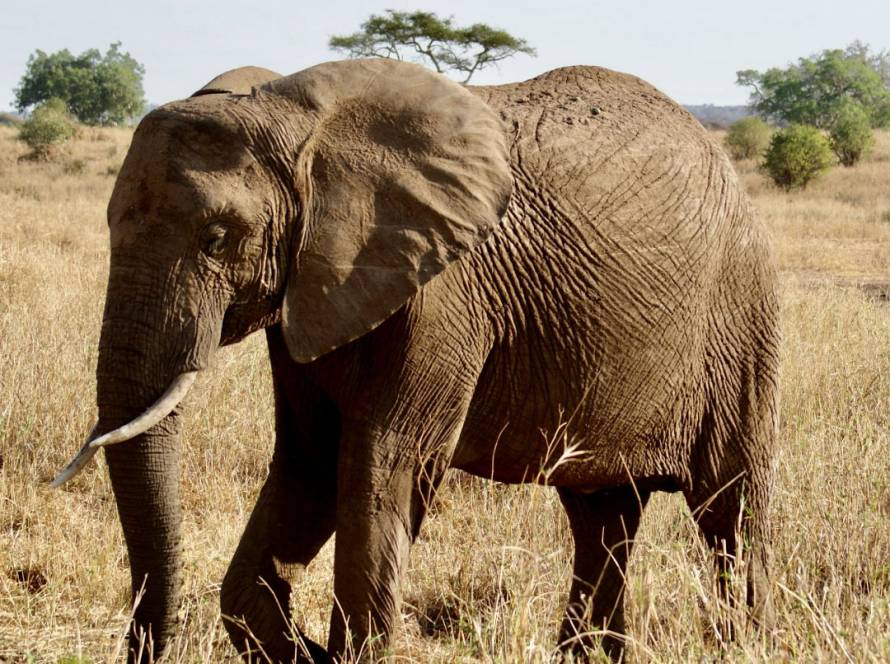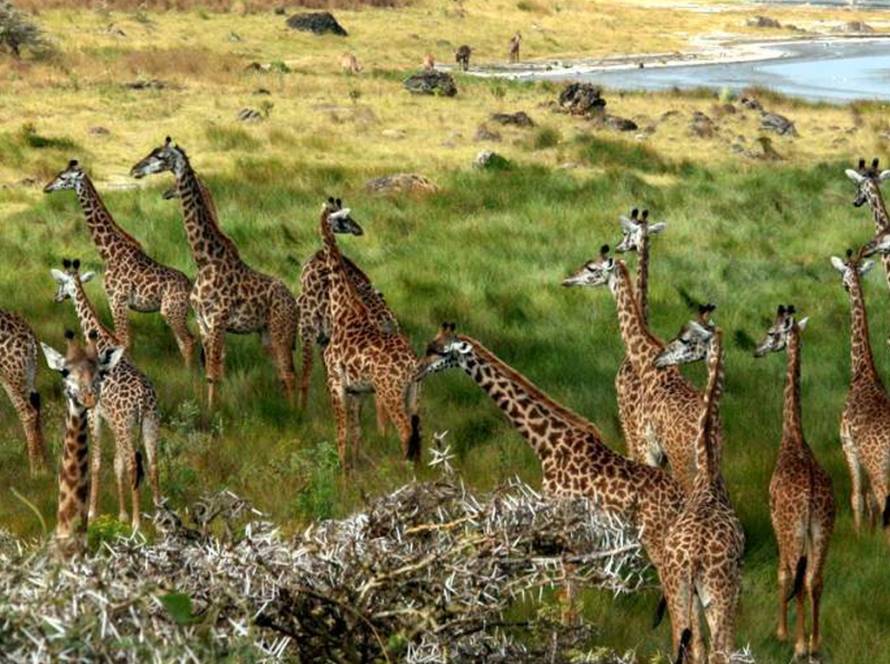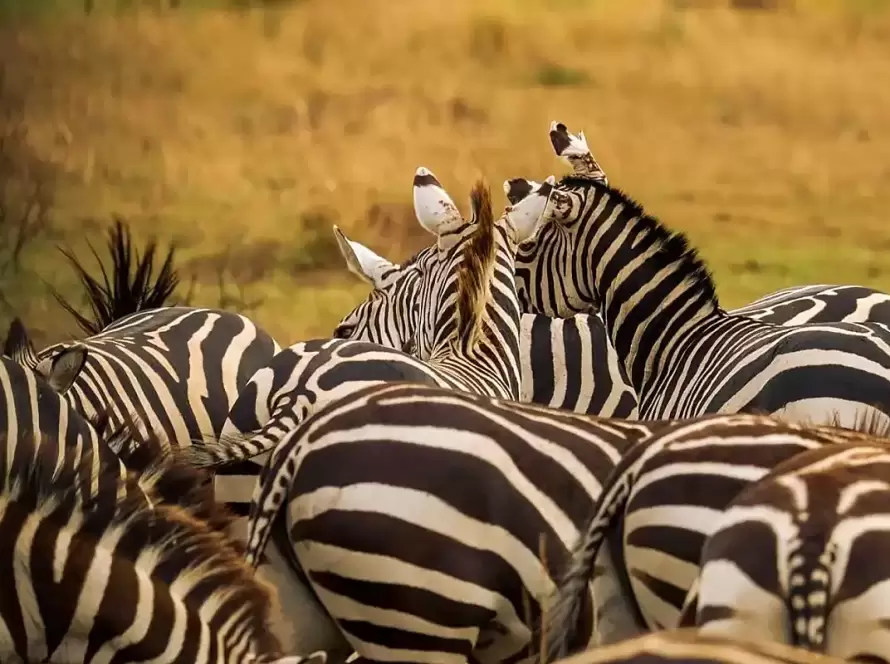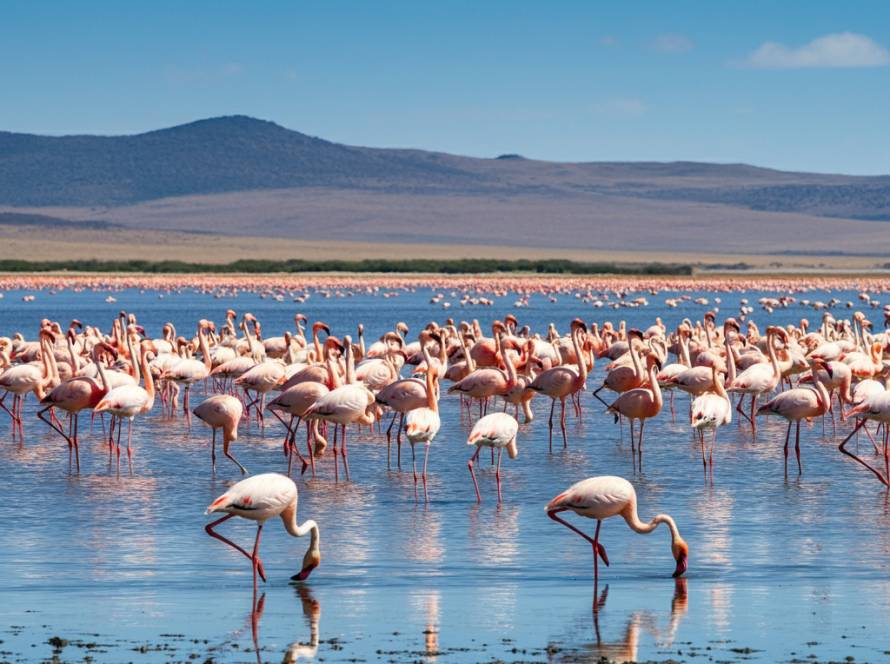Best Time to Go on a Tanzania Safari
Best Time to Go on a Tanzania Safari: Month-by-Month Travel Guide
When’s the best time to go on a Tanzania safari? Well, it depends on what you want to see, how you like to travel, and how comfortable you are with a little rain or a few extra tourists. Tanzania is a year-round safari destination, but each season has its own perks and quirks.
Whether you’re chasing the iconic Great Migration in the Serengeti or aiming for quiet game drives in Ruaha, this guide breaks down exactly what to expect month by month. Let’s dive in and figure out the perfect window for your wild adventure.
Understanding Tanzania’s Safari Seasons
Tanzania’s safari calendar revolves around two main seasons:
Dry Season (June to October)
This is the peak safari season. Expect clear skies, cooler temps, and the best wildlife viewing.Wet Season (November to May)
Split into the short rains (Nov–Dec) and long rains (March–May), this season brings fewer tourists, lush scenery, and excellent birdwatching.
Now let’s zoom in on each month.
January to March: Calving Season and Clear Skies
Highlights:
Wildebeest calving in the southern Serengeti
Excellent predator sightings
Clear, warm weather
This is one of the best times to witness dramatic scenes in the wild. January through March is calving season in the Ndutu region of the southern Serengeti. Hundreds of thousands of wildebeest give birth, and where there are babies, predators follow. Lions, cheetahs, and hyenas are on the prowl.
Skies are mostly clear and the weather is warm but not stifling. This period offers great visibility for photographers and fewer crowds compared to peak migration months.
Best For:
Wildlife action, photographers, fewer tourists
April to May: Green Season and Fewer Crowds
Highlights:
Lush green landscapes
Fewer tourists and lower prices
Birdwatching at its peak
This is the long rainy season. It pours regularly, especially in April, and roads can get muddy. Some camps and lodges even close during this period. But if you’re up for a more intimate, budget-friendly experience, this might be your window.
The vegetation is thick, which makes spotting animals a bit harder, but it’s a dream for birdwatchers. You’ll also enjoy stunning landscapes full of blooming flowers and dramatic skies.
Best For:
Budget travelers, bird lovers, solitude seekers
June to July: Start of the Dry Season and Great Migration
Highlights:
Cooler temps and dry weather
Wildebeest herds begin moving north
Great viewing in western and central Serengeti
June marks the beginning of the dry season, and with it, the Great Migration kicks off as wildebeest begin heading north. By July, many of them are in the western and central Serengeti, making for dramatic river crossings and predator chases.
Temperatures are cooler, especially in the mornings and evenings. Expect more visitors, but also the kind of wildlife action that makes it all worthwhile.
Best For:
The Great Migration, mild weather, classic safari experience
August to October: Peak Safari Season
Highlights:
River crossings in northern Serengeti
Excellent wildlife visibility across the country
Dry, sunny days with little rain
This is high season for a reason. The weather is nearly perfect—dry, sunny, and not too hot. The northern Serengeti becomes the main stage as wildebeest cross the Mara River, often into Kenya’s Masai Mara and back again.
Meanwhile, parks like Tarangire and Ruaha shine during this time as animals gather around water sources. Crowds can be high, and prices peak, but the sightings are incredible.
Best For:
The Great Migration, photographers, first-time safari travelers
November to December: Short Rains and Shoulder Season Charm
Highlights:
Short, refreshing rain showers
Lower rates and fewer tourists
Migration herds return to southern Serengeti
The short rains typically begin in November and taper off by mid-December. These aren’t torrential downpours—more like occasional afternoon showers. This period is known as the shoulder season. Lodges drop their prices, crowds thin out, and the landscape turns beautifully green.
By late December, wildebeest are settling back into the southern Serengeti to begin the calving cycle again. Christmas and New Year weeks tend to be busy, so book early if you’re planning a holiday safari.
Best For:
Affordable safaris, fewer tourists, scenic beauty
Quick Safari Timing Summary
| Month | Weather | Wildlife | Crowds |
|---|---|---|---|
| January | Warm, dry | Calving season in Serengeti | Moderate |
| February | Warm, dry | Peak calving and predators | Moderate |
| March | Warmer, light rain | Start of long rains | Low |
| April | Rainy | Lush and green, less game view | Very low |
| May | Rainy | Great for birds, fewer people | Very low |
| June | Cool, dry | Migration begins | Moderate |
| July | Cool, dry | Wildlife gathering near rivers | High |
| August | Dry, ideal | Mara River crossings | Very high |
| September | Dry, warming | Excellent viewing | High |
| October | Hotter, dry | Wildlife near water sources | High |
| November | Light rain | Green scenery, fewer crowds | Low |
| December | Warm, light rain | Migration returns south | Moderate–High |
Top Tanzania Safari FAQ's
What is included in a Terra Safaris package?
Our packages typically include accommodations, guided game drives, park entry fees, and most meals. Detailed inclusions are provided with each itinerary.
Can I customize my safari itinerary?
Absolutely! We specialize in tailoring safaris to meet your specific interests, preferences, and travel dates.
Are safaris suitable for families with children?
Yes, we offer family-friendly safaris with age-appropriate activities, though some parks and camps may have minimum age requirements.
How safe is a Tanzania safari?
Safety is a top priority. With experienced guides and strict adherence to park rules, safaris with Terra Safaris are very safe.
What type of vehicles are used for the safaris?
We use specially modified 4×4 safari vehicles with open rooftops to ensure excellent wildlife viewing and comfort.
Do I need travel insurance for my safari?
Yes, we highly recommend purchasing comprehensive travel insurance that covers medical emergencies, trip cancellations, and personal belongings.
What vaccinations are recommended before traveling to Tanzania?
Commonly recommended vaccinations include Yellow Fever, Hepatitis A and B, Typhoid, and Tetanus. Always consult your healthcare provider for up-to-date advice.
